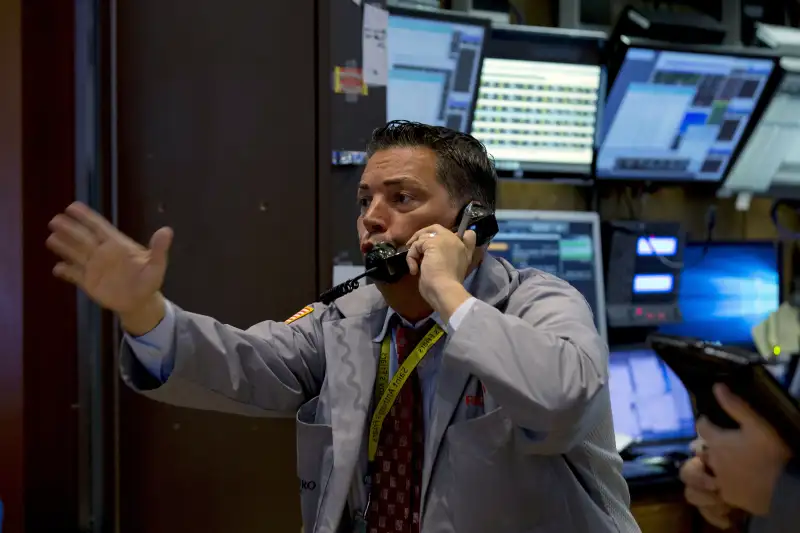Why Wall Street Freaked Out About Friday's Jobs Report
Money is not a client of any investment adviser featured on this page. The information provided on this page is for educational purposes only and is not intended as investment advice. Money does not offer advisory services.

The Labor Department reported that the economy created only 173,000 new jobs in August.
That was a far cry from the 217,000 nonfarm jobs that economists had been forecasting and the monthly average of 247,000 over the past year.
Under the bizarro rules of Wall Street, though, this was supposed to be good news.
Economists believed that a weaker than expected employment report would give the Fed cover to delay raising interest rates at its upcoming September 16-17 meeting. And in the short run, at least, investors seem to be in favor of a delay.
Trouble is, after the jobs report was released this morning, investors headed for the exits. The Dow Jones industrial average fell more than 200 points at Friday's open, extending the sell-off that began in late August.
Why?
Chalk it up to the fact that the jobs report actually contained a mixed bag of news, including a couple bits of positive data that "spooked" investors:
#1: The unemployment rate fell more than expected.
While only 173,000 jobs were created, the unemployment rate actually fell to 5.1% from 5.3%. Earlier in the week, economists were bracing for an unemployment rate of 5.2% to 5.4%.
Why is this important?
University of Pennsylvania finance professor Jeremy Siegel explained on CNBC Thursday that the actual unemployment rate plays a "very critical" role in the Fed's rate decision. Yesterday, he told CNBC that "if we see 5.1% tomorrow morning I think the odds of a Fed increase in two weeks goes way up."
#2: Wage growth was decent.
Throughout this six-year economic recovery, wages have been largely stagnant. This has kept inflation at bay while corporate profits were expanding. The August report, though, showed that the average worker was paid $25.09 an hour, up 8¢ from July. More important, hourly wages are up 2.2% over the past year.
That means wages are now rising faster than both the overall rate of inflation and core inflation, which strips out volatile energy and food costs.
If this trend continues, it could be viewed as inflationary, which would in theory cause the Fed to want to raise rates sooner rather than later.
"A combination of more hours worked and +0.3% wage gains implies decent income growth," says Guy LeBas, chief fixed income strategist for Janney Montgomery Scott.
Overall, he says, the jobs report "is a slight net positive in favor of a September rate hike, but the policy decision is still a coin flip."
And at the very least, that means more uncertainty until the Fed announces its decision on Sept. 17.
